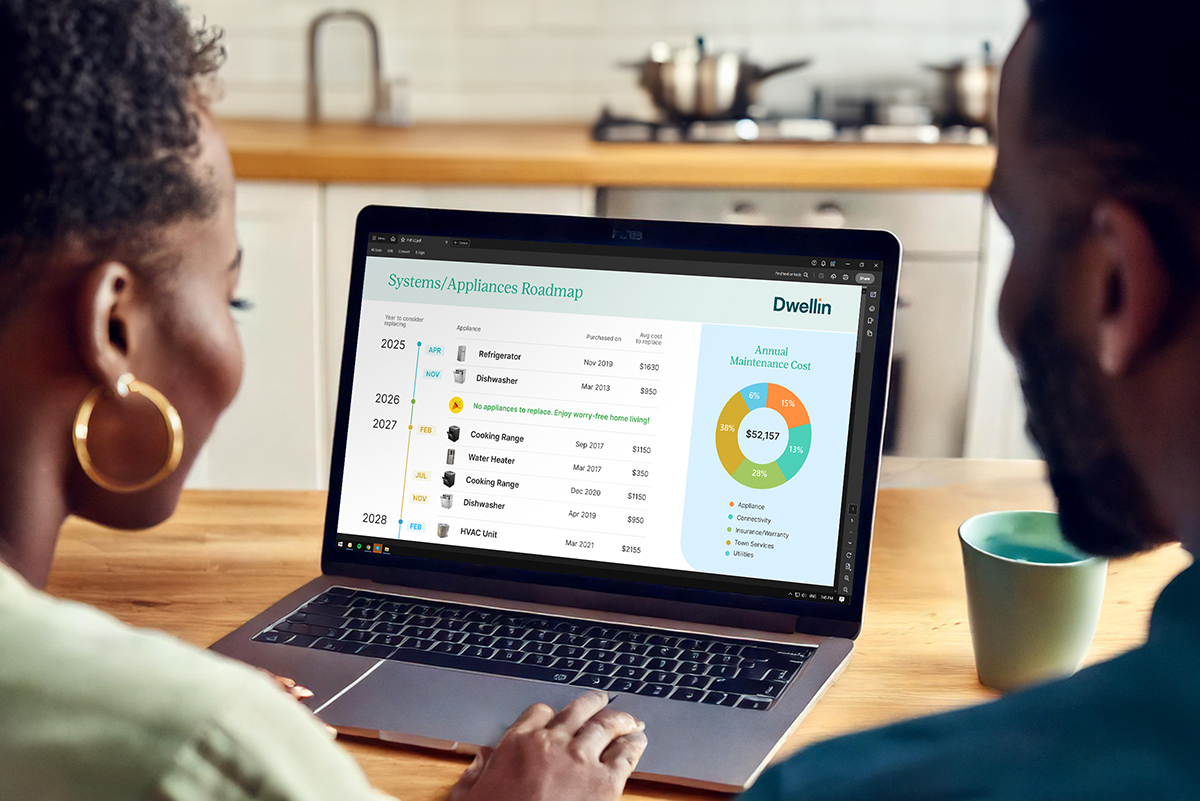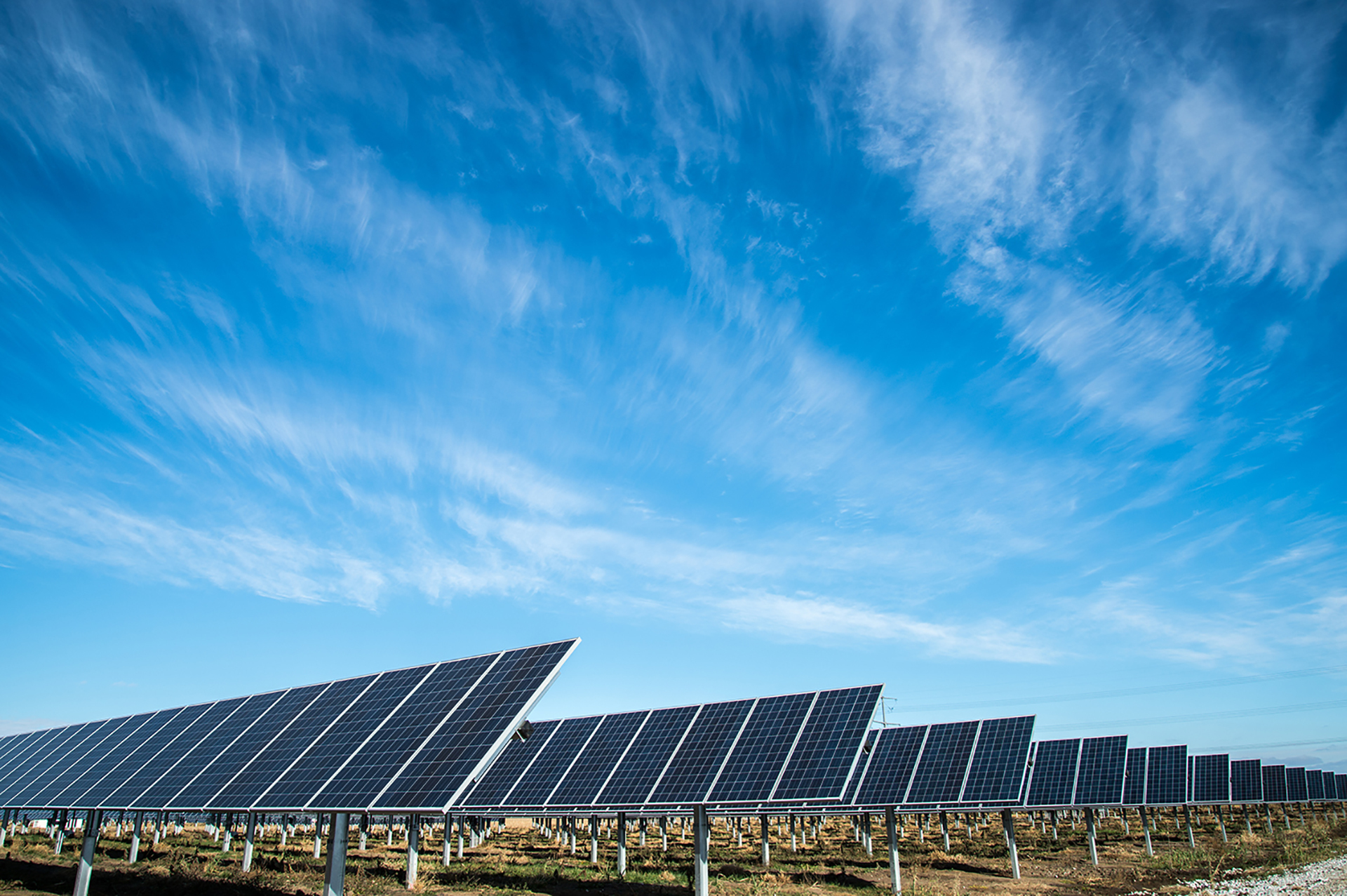Carbon Offset: A Potential Solution
5 minute read

Our planet Earth is under three planetary crises comprising climate change, loss of biodiversity, and excessive pollution. The lifestyle and consumption pattern of modern humans is aggravating the release of greenhouse gases in the air. One of the major greenhouse gases that lead to global warming and climate change is carbon dioxide.
We emit carbon dioxide whenever we are using any product manufactured utilizing a fossil fuel or a procedure that involves the usage of fossil fuels increasing our carbon footprint and varies from person to person or industry to industry. In this blog, we would help you understand how you can reduce your carbon footprint by opting for carbon offset.
Carbon offsetting is an opportunity that allows the emitter to offset carbon emissions by paying a certain amount, that amount is generally utilized to carry on environmental friendly carbon curtailing projects in developing countries, either in the form of augmentation in plantations or the distribution of clean and low-cost energy resources. For example, in India, various projects were fostered to assist the needy communities and provided them with low-cost sustainable solutions like ‘Forest conservation through efficient cook stoves in Himalayas and Biogas in the rural households of India’.
How does carbon offset work?
Whenever we are traveling on a plane or even shipping a package, we are emitting carbon dioxide in the air and escalating our carbon footprint. This carbon dioxide, a potentially threatening Green House Gas (GHG) is affecting our planetary health. But if we are using the option of carbon offsetting, we are buying credits to reduce our carbon footprint by investing in certain carbon curtailing projects. These offsets give credits to the producer of greenhouse gases and are generally measured in metric tons of CO2 equivalent.
Technically, carbon offsetting works either with a compliance market in which government plays its role to ensure that certain sectors are not crossing the boundary of set emissions, and if they are, the government ensures to comply them to offset such emissions by buying carbon credits. While on the other hand, some companies go for voluntary carbon offsetting, in which they make a certain goal to reduce their carbon emissions. This voluntary action is not only environmentally viable but also boosts the company’s market value. Various airlines are already opting for Carbon offsetting to minimize their carbon emissions. For example, United Airlines has started a CarbonChoice carbon offset program with Ecoskies.
Case study: patch and de-carbonization
Some companies like Patch with an advanced API system, help the emitters to locate and invest in valid carbon curtailing projects. According to Brennan Spellacy - CEO of Patch, ‘the company is striving to decarbonize Giga tonnes of emissions in various industries by doing carbon sequestration and carbon offsetting by using API while keeping the tract of transparent standardization’.
Patch offers interested individuals and companies to sell and buy carbon. One of its clients “ROUTE” an emerging e-commerce company was concerned about its carbon footprint caused by shipping products from merchants to customers. So it has chosen Patch to manage the offset of its carbon footprint by initiating the ‘Fazenda Nascente Do Luar Agroforestry Project’ in Brazil, a forestry project certified by the Verified Carbon Standard. Now Route is complying with environmental obligations without using the mere slogan of greenwashing and had gained substantial economic growth.
Carbon offsetting vs carbon sequestration
Often carbon offsetting and carbon sequestration are considered as same entities. They both serve the same purpose of carbon management in the air. However, the difference is; that in carbon offsetting the producer adds the capital to emission reduction projects in developing countries while in carbon sequestration the producer invests in the techniques and technologies that can capture carbon directly from the air and store it in a stable form.
In both cases, it is important to understand that the carbon market is having a non-negotiable partner known as nature so corruption in offsetting and malfunctioning in carbon capturing may lead to a serious threat to human survival on this planet. So working on the reduction of GHG emissions by any means is eventually in the favor of humanity and planetary health.
Caroline Lucas once said, “Overall, becoming a carbon-neutral country would involve changes in our behavior, but these are modest compared with the changes that will be forced upon us if we do nothing.”
How can you opt for carbon offsetting?
Just imagine you are sitting in your well-lit and air-conditioned living room, munching snacks while watching your favorite show, while in another corner another global citizen’s house has collapsed due to flooding. He is submerged in sorrow and is struggling for a bare minimum of necessities.
According to The Nature Conservancy, a citizen of the United States has an average carbon footprint of 16 tons, considerably the highest in the world as compared to a general global average of 4 tons.
Thus to hamper the rise in global temperature, there is a dire need to drop the carbon footprint by 2 tons per year. To bring equity in the lives of people all around the world and play your part, carbon offsetting optimizes your environmental footprints and eventually assists other global citizens to live in harmony with nature.
Below are mentioned a few of the methods that can help offset carbon:
Firstly calculate your household carbon footprints by using carbon footprint calculators like Terrapass.
Find a company that can give you a voucher for buying a carbon credit like Patch, Native Energy or Myclimate, etc.
Be cautious about your choices for example, while travelling you can choose an airline that complies with the Carbon Offsetting and Reduction Scheme for International Aviation (CORSIA), complying with airlines that abide by their voluntary goals of net-zero emissions.
Also while maintaining your standard lifestyle, try to choose eco-labelled products.
Try to take part in environmental resurrection activities in your community and learn to live a sustainable life.
Future carbon offsetting
Carbon offsetting provides a potential solution to the environmental deterioration being done in the modern era. According to research reported in a BloombergNEF article, by 2050 the amount of carbon offset may vary from 120$ to 47$ per metric ton of CO2 equivalent. As it is a dire need to manage the carbon in the air, one cannot deny that carbon offsetting is a pertinent sustainable solution. However, certain loopholes in the form of valid carbon reduction projects, the fine flow of money in the carbon market, and transparent verification and standardization are the big challenges in the successful implication of carbon management.
As climate change is aggravating and extreme weather patterns are reinforcing humans to focus on their priorities. Modern humans will prefer a sustainable pathway of carbon offset. In the future, there is a possibility that more individuals and companies will take part in voluntary carbon offset which will lead to a better and transparent standardization, and ultimately it will lead to a better yet sustainable future.















